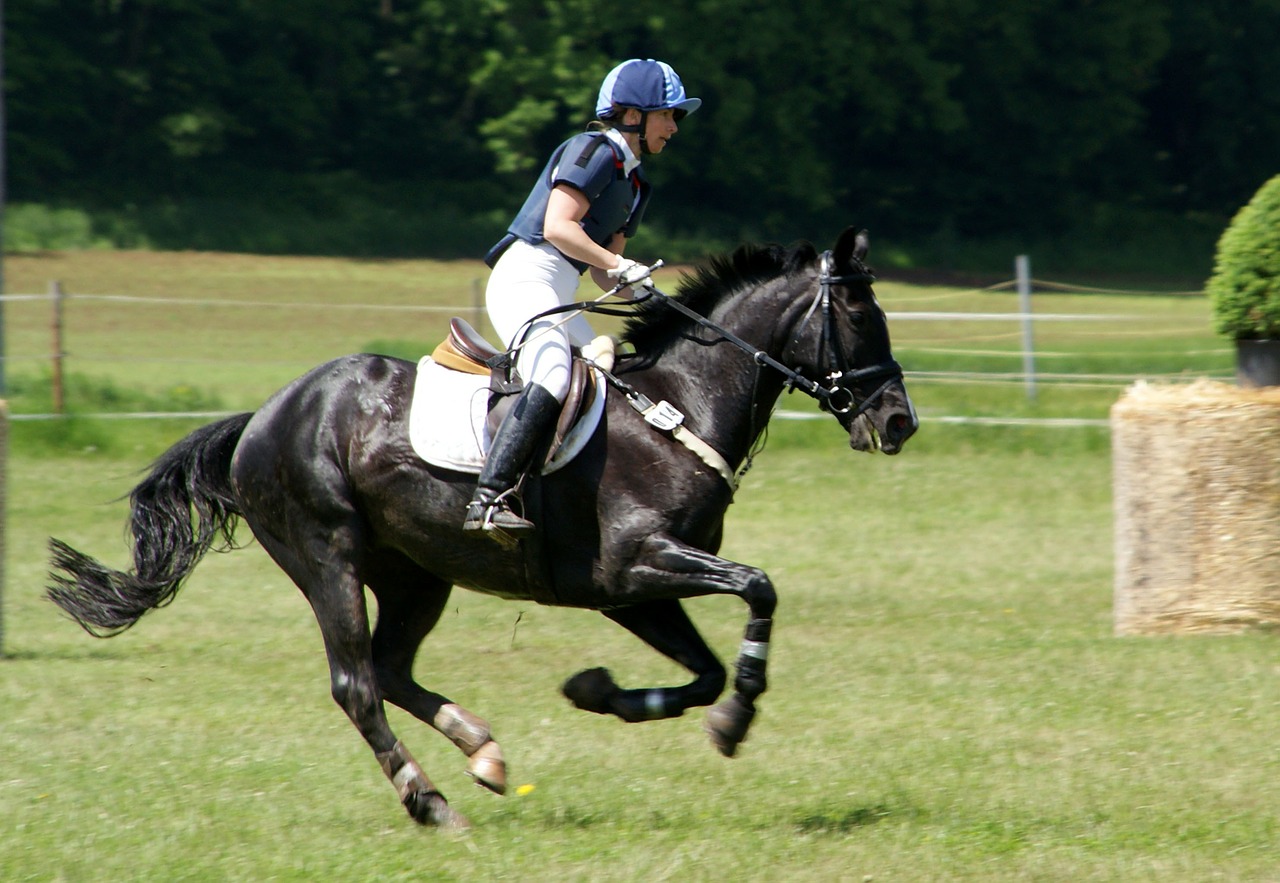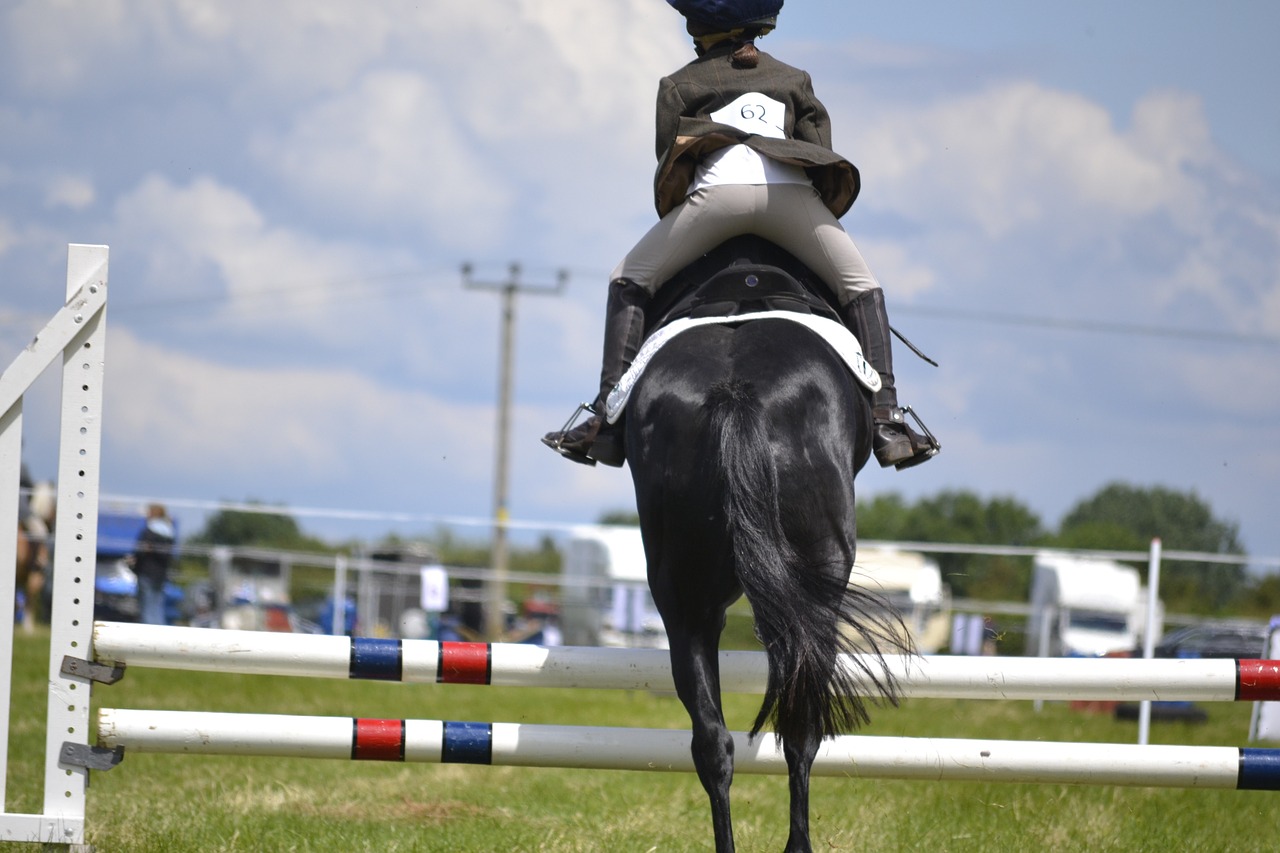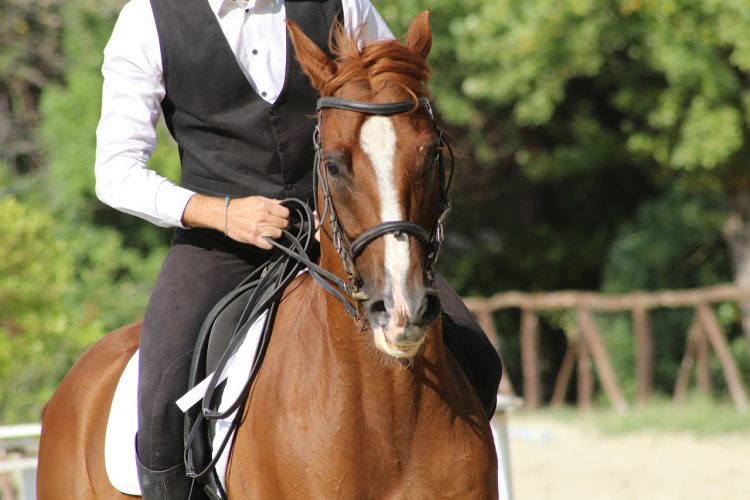Horseback Riding Disciplines: Western and English
Horseback riding is a challenging sport. Beginners must learn how to become balanced in the seat, use their reigns properly, and condition their legs to respond as aids to the horse. This is only the first of many new lessons to be learned. But did you know that there are different disciplines of riding? In this article, we will highlight these differences and take a closer look at which style fits you best.
The types of horseback riding disciplines fall under Western and English, both of which require separate handling from the rider.

Riding English
According to Patricia Crane, a seller of equine art, the emphasis of English riding is to blend the horse and the rider. In other words, this means that you, as the rider, need to be subtle in your cues.
Riding Western
Cowgirl Magazine reveals that the saddles are different in each discipline. When riding Western, you will have a saddle that is heavier and has a horn near the front. Western riders may also choose to neck rein, where your reins are in one hand.
Competing in both styles
Both disciplines of riding are able to compete in competitions that are designated for either English or Western riders. Going into greater depth, Hidden Trails explains each style and how the combination of a rider and their horse can compete together as a team.
English Competitions
Those who choose to compete in the style of English, often consider eventing that holds a number of events. These can range from cross country to show jumping. Dressage is considered to be the ballet of horseback riding, where riders will perform complex patterns with their horses in front of judges.
Western Competitions
Western shows include various sports including western pleasure, reining, cutting and penning. Western pleasure is where a horse will appear responsive and subtle to the cues of their rider, thus being a pleasure to ride. Reining involves a set of different patterns and maneuvers that are completed at different gaits. Cutting and penning are usually put into one category as it combines horses and cattle. In cutting, a horse will single out, or “cut,” animals out of the herd. Penning is the process of getting a calf into a pen in the least amount of time. This event can be done in teams or as a solitary unit.

Which is Easier for Beginners
Although not the case for every novice rider, Western riding has been known to be more comfortable for those first learning. Equi Search brings forth the challenges involved with those riding English. In a saddle of this discipline, a rider needs to have control over their legs, balance, and the reins. Beginners riding in an English saddle must also learn to post in the trot, which requires a good amount of muscle coordination. Western discipline is easier for a number of different reasons.
In Western, the saddle itself makes a beginner rider feel more at ease. If you are to ride as a novice, the horn is a useful backup to hold on to when momentarily losing your balance. The wider saddle also provides you with a seat that is more secure. Many instructors choose to start their riders out in Western and then graduate to English when they have learned to control their bodies.
When learning how to ride, it may be easier to use a Western saddle that provides more security. As with any sport, it is important to consult with a professional to avoid injuring yourself and the horse. Horseback riding is an activity that requires coordination and balance to succeed. It is not simply sitting on a horse, as many unfortunately believe.

